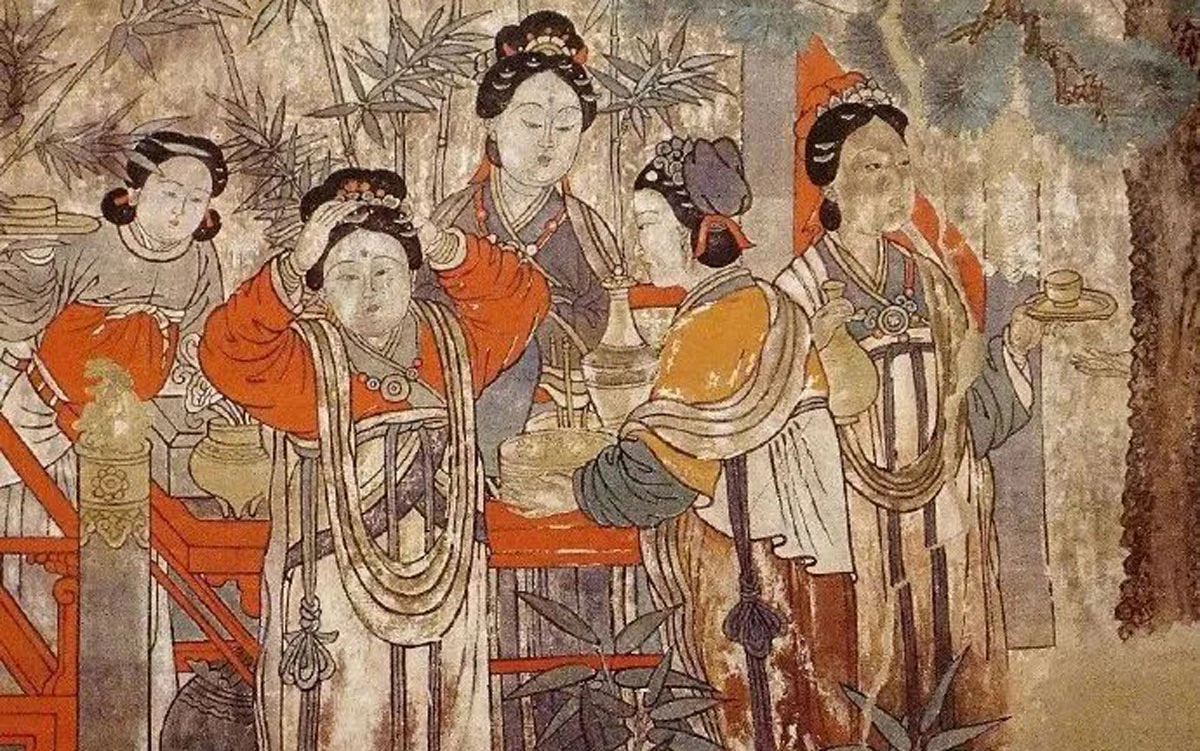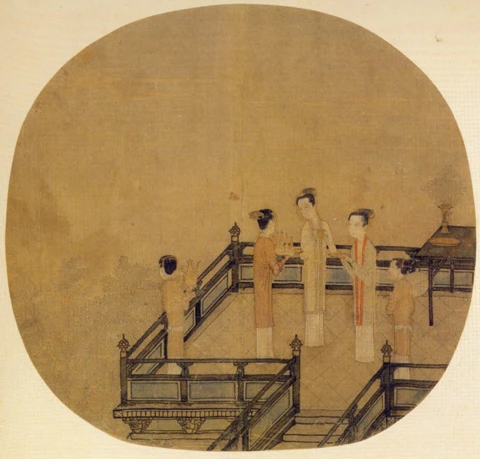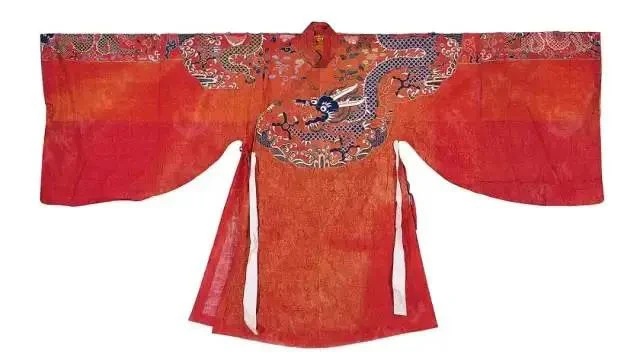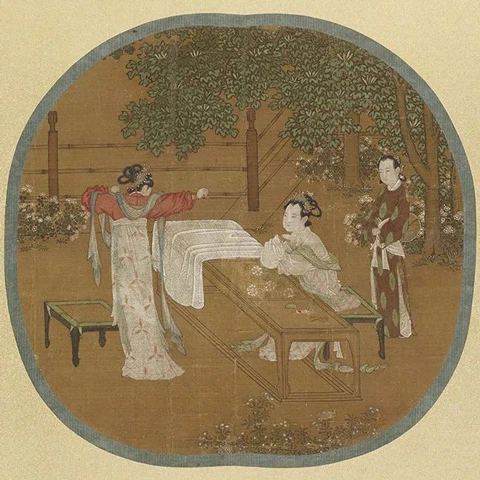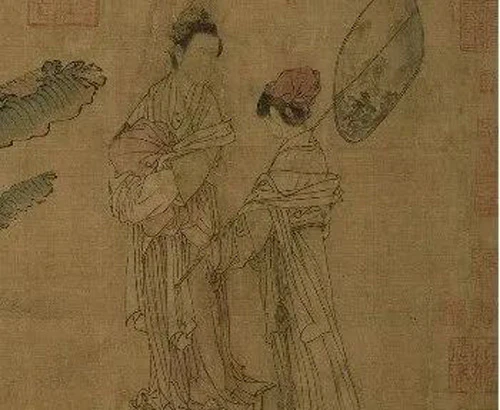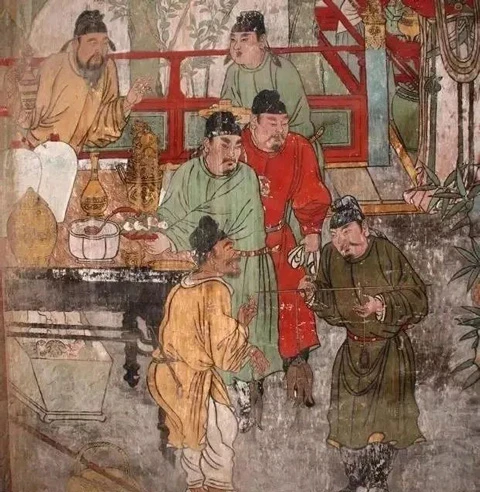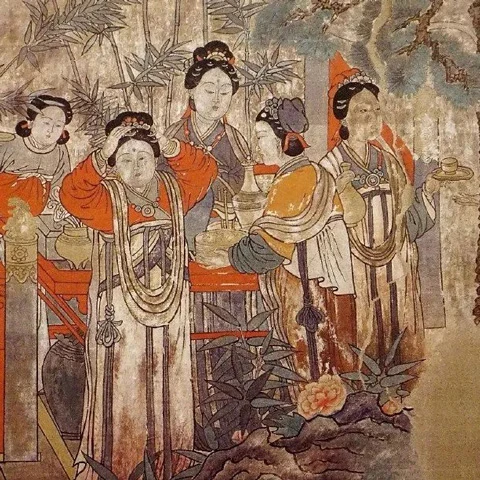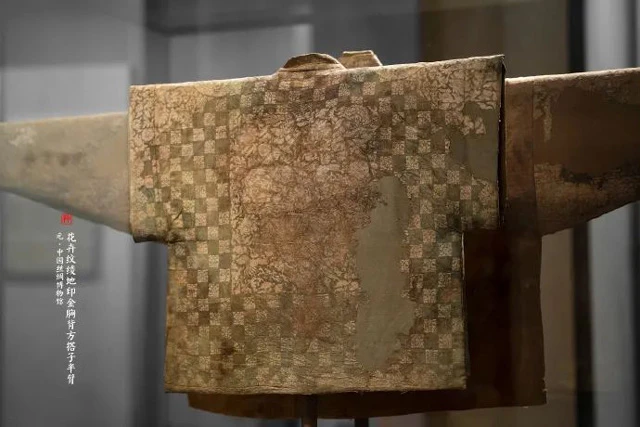The revival of traditional clothing has become increasingly popular in recent years, with more people seeking to explore cultural heritage. Among the many aspects of Chinese culture enjoying renewed interest is the traditional dress known as hanfu. While the Tang and Ming dynasties' hanfu have been the most prevalent, but the hanfu of the Yuan Dynasty is also worth knowing.
In this article, Hanfu Shidai will take us through the history of Hanfu during the Yuan Dynasty and examine its distinctive features.
Firstly, prior to the Qing dynasty's implementation of the "shave hair and change clothes" policy, the traditional dress system of the Han people had been continuously inherited and developed without interruption. Although the Yuan dynasty was a period of Mongolian rule, the rulers at that time did not forcibly change the mainstream Han culture, and the Han clothing system naturally continued to be inherited.
Secondly, the often mentioned "Tang-style", "Song-style", and "Ming-style" are modern-day conveniences adopted to associate with corresponding relics. They are also due to the long duration of these dynasties, which formed typical styles and designs.
For example, during the Song dynasty, simplicity was valued, and the simple and elegant long Beizi became popular. In the later period of the Ming dynasty, during the Little Ice Age, the collar style of standing collar became prevalent in men's and women's clothing due to the low temperature.
Compared with the Tang, Song, and Ming dynasties, which lasted for about three hundred years, the Yuan dynasty can be said to be a short-lived dynasty.
During the Yuan dynasty, the Han clothing system did not undergo significant changes or innovations, nor did it form an aesthetic trend that reflected unique characteristics of the era. One could even say that this period was a contraction period of the ancient Han clothing system. Finally, the Han clothing system of the Han people is not a clothing of a dynasty but a result of long-term evolution, even though different styles were popular in different historical periods.
Taking female Hanfu as an example, during the Tang dynasty, short jackets were popularly worn with chest-high skirts or by directly pulling up the lower skirt to the waist (Qixiong Shanqun). However, this does not mean that this style of dressing was unique to the Tang dynasty, nor does it mean that Qixiong Shanqun were created and exclusively used in the Tang dynasty.
For example, in the Song dynasty painting showed women dancing in narrow-sleeved short shirts with the lower skirt pulled up high to the armpits and paired with draped fabrics. Therefore, artificially separating the self-contained Han clothing system by "dynasty + style" is an extremely one-sided and narrow-minded approach. The claim of "Yuan-style" Hanfu clothing is also self-evident.
What did the Yuan Dynasty Hanfu look like? Generally speaking, the Hanfu of the Yuan Dynasty mainly followed the popular style of the Hanfu of the Song Dynasty, and the Yichang system and Tongcai system were the mainstream of daily wear.
In Liu Guandao's painting "Xiaoxia Tu" in the Yuan Dynasty, the two women wore almost the same Hanfu style as that of the Song Dynasty. As can be seen from the picture, the two women both wore narrow-sleeved tops, short shirts, shoulder-wrapped Pibo, and long skirts with a waistband, and combed their hair into a bun. This kind of top and bottom dressing has always been one of the common daily wear styles of ancient Han women.
The "Dongjing Meng Hua Lu" records that the matchmaker's Baoji (包髻) hairstyle, which is the way of tying the hair into a bun and wrapping it with a handkerchief or cloth. Baoji was very popular in the Song Dynasty. Women not only can tie the silk, hemp and other things wrapped on the head into various beautiful shapes, but also decorate them with beads and flowers.
From the Yuan Dynasty murals preserved in the Guangsheng Temple, the characteristics of the Yuan Dynasty Hanfu inheriting the popular styles of the previous dynasties are even more obvious.
The men in the murals wore narrow-sleeved round-collar robes, waistbands, and horned hats, which were in line with the daily wear of men in the Tang and Song dynasties. The women in the murals wore narrow-sleeved shirts with lapel collars and waist-length skirts, draped short shirts, and tied aprons.
The above picture shows a half-arm short jacket from the Yuan Dynasty Hanfu collection of the China Silk Museum. Through physical cultural relics, we can more intuitively see that its shape is basically the same as that of the popular Banbi in the Tang and Song Dynasties.
In fact, the Hanfu system is always integrated and developed, rather than different styles replacing each other. Regardless of which form, it should not be arbitrarily labeled with the name of a certain dynasty, ignoring the fundamental characteristics of the cutting pattern and basic structure of Hanfu itself as a costume. This is undoubtedly a typical narrow-minded and biased approach, which is not conducive to the overall grasp and innovative development of the Hanfu system. In short, grasping the past, standing on the present, and looking to the future is the proper meaning of the development of modern Hanfu.
